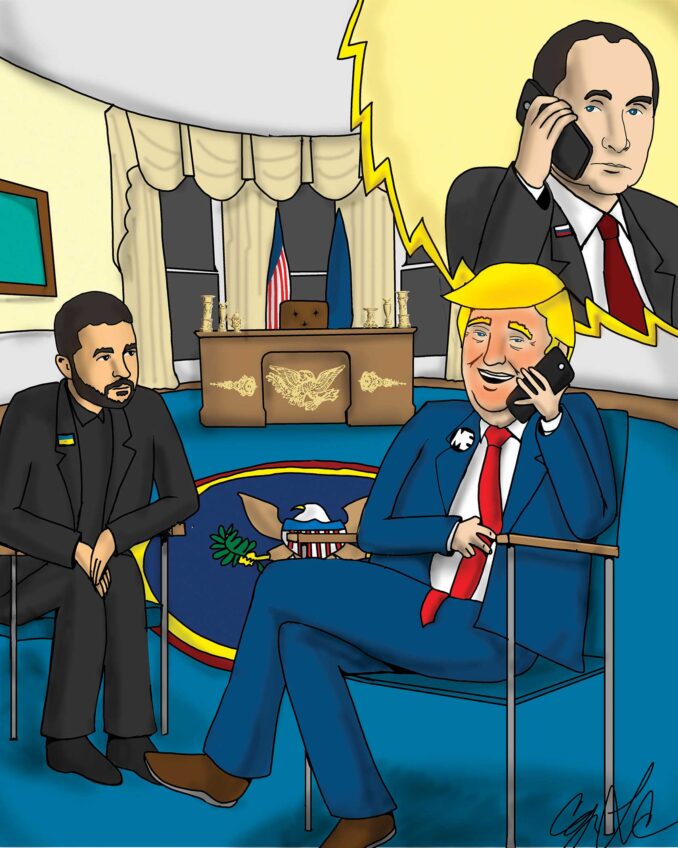
High costs, low results
An unexpected development in the nation’s economic recession is that government has become concerned about the high cost of operating prisons. For some time, America’s anti-crime policy has been to put offenders in jail and throw away the key. Now the cost of mass incarceration has become burdensome.
According to data reported by Sen. Jim Webb, D-Va., the United States has the highest rate of imprisonment in the world. We jail 756 people for every 100,000 residents. This is about five times the world’s average of 158 for every 100,000. For example, in 1984, Japan had 40,000 people in jail compared with 580,000 in the U.S. The population of Japan was then about half that of the U.S. Over the last 25 years, Japan’s prison population has grown to 71,000, while the number of U.S. prisoners has quadrupled to 2.3 million.
The involvement of the criminal justice system in the lives of Americans is not limited to incarceration. About 5 million people who have left prison are on parole, probation or other sanctions. Now approximately one in every 31 adults in the U.S. is either incarcerated or on supervised release.
A substantial portion of the increase in the prison population resulted from the severe prosecution of drug offenses. According to a report of Congress’ Joint Economic Committee, those imprisoned for drug offenses rose from 10 percent of the inmate population in 1984 to 33 percent in 2002.
About 75 percent of those incarcerated in state prisons for drug offenses were found to have no history of violence. In 2007, 47.5 percent of all drug arrests in the U.S. were for marijuana offenses. Most disturbing of all, enforcement of the drug laws is racially disparate. While African Americans make up only 12 percent of the U.S. population, they account for 37 percent of all drug arrests, 59 percent of the convictions and 74 percent of those drug offenders sentenced to prison.
One might conclude from this data that African Americans use drugs at a much greater rate than other groups. However, numerous studies have found that there is little statistical difference among racial or ethnic groups in the use of drugs.
Cash-strapped states have now begun to see that the reckless imprisonment of nonviolent drug offenders is fiscally unsound. Federal district courts in California have ordered the state to end prison overcrowding and reduce the inmate population by 40,000 in two years. Other states have been forced to reconsider sentencing policies because of budget restrictions.
According to a March 2009 report by The Pew Center on the States’ Public Safety Performance Project, it costs $47,508 to keep an inmate in Massachusetts state prison for one year. Various studies have indicated that drug rehab programs cost the state less than one-third of the cost of imprisonment. Also, the social cost of locking up low-risk nonviolent offenders with a violent prison population helps to create more violent recidivists.
Although the prison system in the state is called the Department of Correction (DOC), it seems that little correcting occurs. A study on recidivism found that 40 percent of those released from prison by the DOC in 2002 were back in jail within three years. And the state is spending 5.1 percent of its general fund on corrections.
We must separate the violent and mentally ill, provide drug rehab and train inmates for a productive life when they return to society. The present system is clearly unaffordable, ineffective and inhumane.






